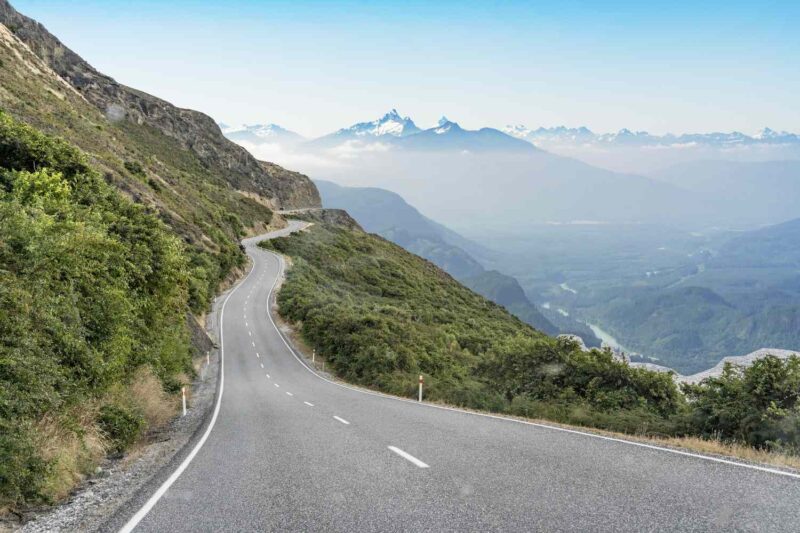Washington State has some of the most stunning scenic drives for nature lovers.
If you’re looking to experience breathtaking landscapes, here are six routes that offer incredible views and unique stops along the way.
- North Cascades Highway (State Route 20)
- Chuckanut Drive (State Route 11)
- Palouse Scenic Byway (Highway 195)
- Mountain Loop Highway
- Olympic Peninsula Loop (Highway 101)
- Columbia River Gorge Scenic Highway (Highway 14)
1. North Cascades Highway (State Route 20)

| Feature | Details |
|---|---|
| Distance | 120 miles |
| Route | Sedro-Woolley to Winthrop |
| Highlights | Mountain vistas, alpine lakes |
| Key Stops | Diablo Lake, Washington Pass, Winthrop |
| Best Time to Visit | Late spring to early fall |
North Cascades Highway, also known as State Route 20, is one of Washington’s most scenic drives. It stretches 120 miles from Sedro-Woolley to Winthrop, passing through the stunning North Cascades National Park. This route offers breathtaking views of rugged mountains, pristine alpine lakes, and lush forests, making it a must-see for nature lovers.
Highlights and Key Stops
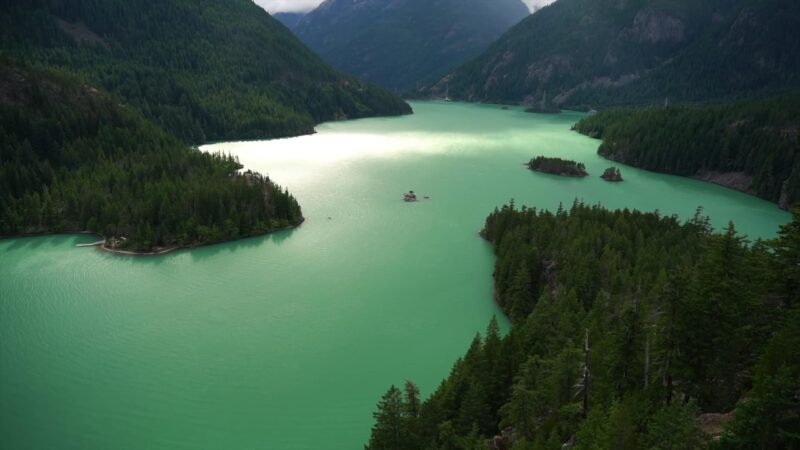
- Diablo Lake: Known for its striking turquoise waters, Diablo Lake is a popular stop along the highway. There are several viewpoints where you can take in the stunning scenery. The lake gets its unique color from the glacial flour that is suspended in the water.
- Washington Pass: This is the highest point on the North Cascades Highway, offering panoramic views of the surrounding peaks. It’s a great spot for photos and a short hike to get a better view of the dramatic landscape.
- Winthrop: This charming town at the eastern end of the highway is known for its Old West theme. Winthrop offers various dining options, shops, and outdoor activities. It’s a perfect place to rest after a long drive.
Additional Attractions
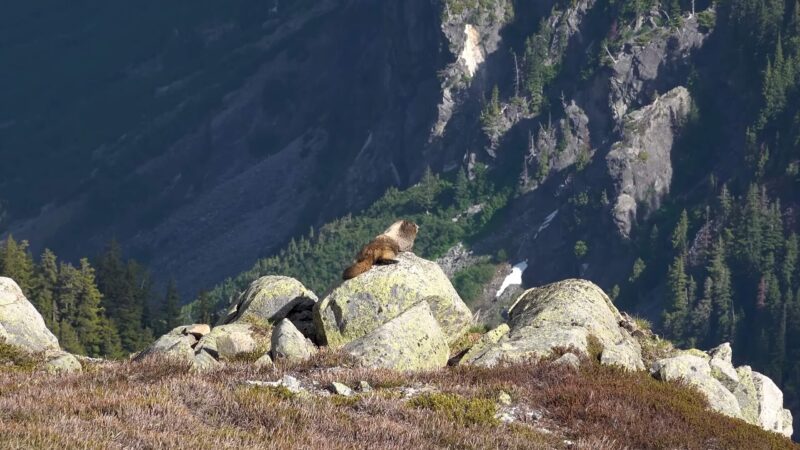
- Ross Lake: Another beautiful lake along the route, Ross Lake offers opportunities for boating, fishing, and hiking. The Ross Lake Resort, accessible only by boat or foot, provides a unique lodging experience.
- North Cascades National Park: This park is known for its stunning vistas, diverse wildlife, and over 300 glaciers. Hiking trails of varying difficulty levels are available, allowing you to explore the park’s natural beauty up close.
Best Time to Visit
The best time to drive the North Cascades Highway is from late spring to early fall. The road is usually closed in winter due to heavy snowfall and avalanche risk. Late spring and early summer are ideal for viewing waterfalls and wildflowers, while fall offers stunning foliage.
Travel Tips
- Fuel Up: Ensure your vehicle is fueled up before starting the drive, as gas stations are sparse along the route.
- Pack Essentials: Bring water, snacks, and a camera. The viewpoints and stops are too beautiful not to capture.
- Check Road Conditions: Before setting out, check the road conditions as weather can impact accessibility.
2. Chuckanut Drive (State Route 11)
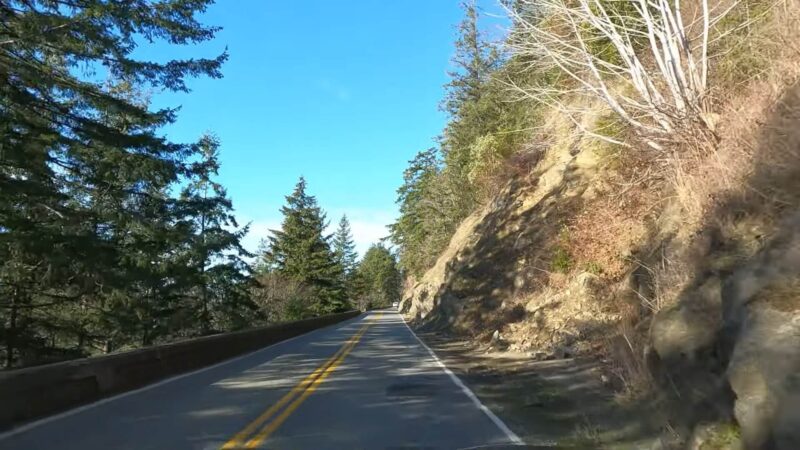
| Feature | Details |
|---|---|
| Distance | 21 miles |
| Route | Burlington to Bellingham |
| Highlights | Coastal views, mountain scenery |
| Key Stops | Oyster Dome, Larrabee State Park |
| Best Time to Visit | Year-round |
Chuckanut Drive, also known as State Route 11, is one of the most scenic coastal drives in Washington. Stretching 21 miles from Burlington to Bellingham, this route offers stunning views of the Chuckanut and Samish Bays, along with access to beautiful state parks and hiking trails.
Highlights and Key Stops
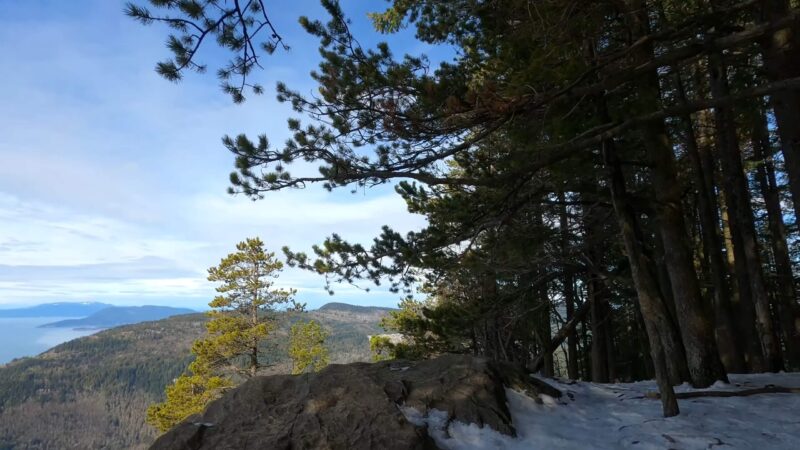
- Oyster Dome: One of the most popular hiking destinations along Chuckanut Drive, the Oyster Dome trail offers spectacular views of the San Juan Islands and Samish Bay. The hike is moderately challenging but worth the effort for the panoramic vistas at the top.
- Larrabee State Park: Washington’s first state park, Larrabee is a great spot for picnicking, hiking, and enjoying the scenic beauty of the coastline. The park features rocky beaches, tide pools, and forested trails.
- Taylor Shellfish Farms: A stop here is a must for seafood lovers. You can purchase fresh oysters, clams, and other shellfish, and enjoy a picnic with a view of the water.
Additional Attractions

- Samish Bay: Along the drive, there are several pullouts where you can stop to take in the views of Samish Bay. These spots are perfect for taking photos or simply enjoying the tranquil scenery.
- Chuckanut Bay Gallery and Sculpture Garden: This unique gallery features local art and a beautiful outdoor sculpture garden. It’s a great place to stretch your legs and enjoy some culture.
Best Time to Visit
Chuckanut Drive is accessible year-round, but each season offers its own unique charm. Spring and summer bring lush greenery and vibrant wildflowers, while fall offers beautiful foliage. Winter can be a bit more challenging due to wet conditions, but the drive remains open and scenic.
3. Palouse Scenic Byway (Highway 195)
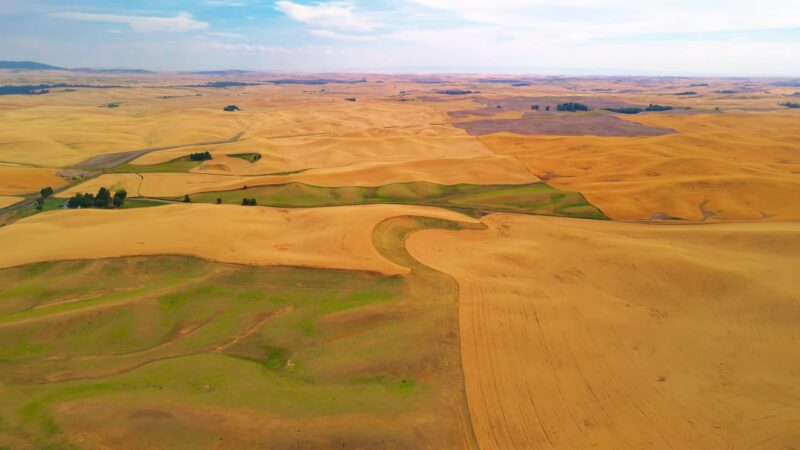
| Feature | Details |
|---|---|
| Distance | 120 miles |
| Route | Spokane to Lewiston, ID |
| Highlights | Rolling hills, farmland |
| Key Stops | Steptoe Butte State Park, Kamiak Butte, Pullman |
| Best Time to Visit | Spring to fall |
The Palouse Scenic Byway, also known as Highway 195, runs through southeastern Washington and is renowned for its stunning rolling hills and expansive farmland. Spanning 120 miles from Spokane to Lewiston, Idaho, this route offers a picturesque journey through one of Washington’s most unique landscapes.
Highlights and Key Stops
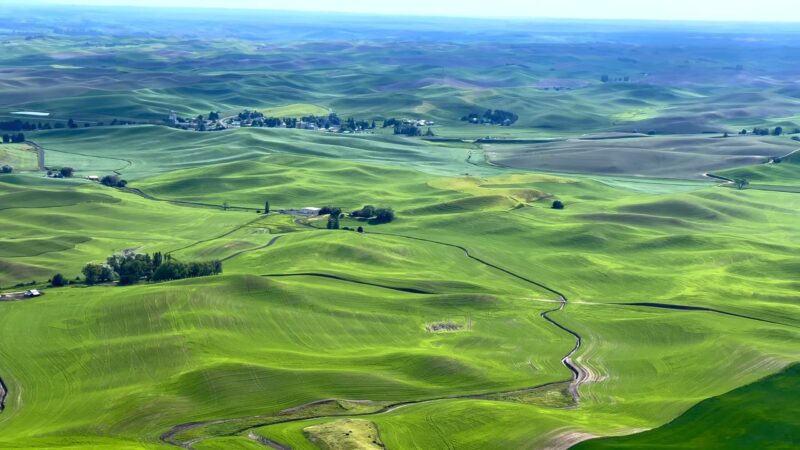
- Steptoe Butte State Park: Known for its panoramic views, Steptoe Butte rises over 1,000 feet above the surrounding countryside. The drive to the top offers breathtaking vistas of the Palouse region’s patchwork of farmlands.
- Kamiak Butte: Another great stop for hiking and scenic views, Kamiak Butte features trails that wind through forested areas and open meadows, providing excellent opportunities for photography and nature observation.
- Pullman: Home to Washington State University, Pullman is the largest town along the byway. It offers a variety of dining options, shops, and attractions, including the WSU campus, which is particularly beautiful in the fall.
Additional Attractions
- Palouse Falls State Park: Located a bit off the main byway, Palouse Falls is worth the detour. The park features a dramatic waterfall plunging into a deep canyon, creating a spectacular natural scene.
- Small Towns: The route passes through charming small towns such as Colfax, Palouse, and Tekoa. Each town has its own unique character and historic sites, making them interesting stops along the way.
Best Time to Visit
The best time to travel the Palouse Scenic Byway is from spring to fall. In spring, the fields are lush and green, transforming into golden waves of grain by summer. Fall brings vibrant colors to the trees, creating a beautiful contrast against the rolling hills.
Travel Tips
- Photography: Bring a camera. The landscapes are incredibly photogenic, with rolling hills and farmland providing endless photo opportunities.
- Slow Down: Take your time to explore the small towns and scenic stops along the way. The drive is as much about the journey as it is about the destination.
- Check Road Conditions: Some areas can be affected by weather, so check road conditions before you set out, especially in early spring or late fall.
4. Mountain Loop Highway
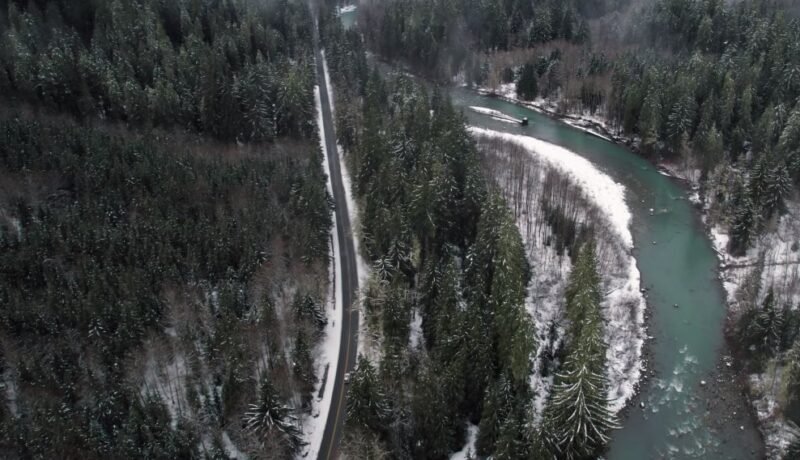
| Feature | Details |
|---|---|
| Distance | 82 miles |
| Route | Granite Falls to Darrington |
| Highlights | Forests, mountains, rivers |
| Key Stops | Blanca Lake, Mount Pilchuck, Verlot |
| Best Time to Visit | Spring to fall |
Mountain Loop Highway is a scenic 82-mile drive that circles through the Mount Baker-Snoqualmie National Forest, starting from Granite Falls and ending in Darrington. This route offers stunning views of dense forests, rivers, and rugged mountains, making it a favorite for outdoor enthusiasts and nature lovers.
Highlights and Key Stops
- Blanca Lake: Known for its striking turquoise color, Blanca Lake is a popular hiking destination along the highway. The hike is challenging but rewarding, with the lake’s vibrant hue set against a backdrop of the surrounding peaks.
- Mount Pilchuck: Another popular hiking spot, Mount Pilchuck offers panoramic views from its summit, which includes an old fire lookout tower. The trail is steep and rocky, but the views at the top are worth the effort.
- Verlot: This small community serves as a gateway to several hiking trails and camping spots. It’s a great place to stop for information and supplies before venturing further into the wilderness.
Additional Attractions
- Big Four Ice Caves: Located near Granite Falls, the Big Four Ice Caves are formed by melting snow and ice at the base of Big Four Mountain. It’s a short, easy hike to reach the caves, which are a popular spot in the summer.
- Barlow Pass: This scenic pass offers beautiful views and access to several hiking trails. In winter, it becomes a popular area for snowshoeing and cross-country skiing.
Best Time to Visit
The best time to drive the Mountain Loop Highway is from late spring to early fall. The road can be closed in winter due to heavy snowfall and adverse weather conditions. Spring and early summer are ideal for wildflowers and waterfalls, while fall offers vibrant foliage.
Travel Tips
- Prepare for Wilderness: Bring plenty of water, snacks, and a map. Cell service can be spotty along the route, so it’s best to be prepared.
- Check Conditions: Before heading out, check the road and trail conditions, especially in early spring or late fall when weather can be unpredictable.
- Respect Nature: Pack out what you pack in, and stay on designated trails to preserve the natural beauty of the area.
5. Olympic Peninsula Loop (Highway 101)
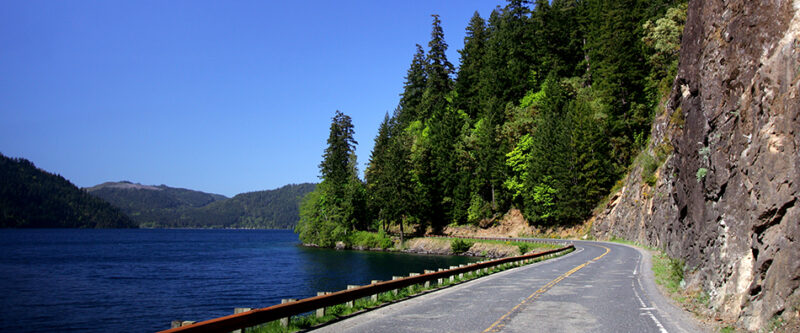
| Feature | Details |
|---|---|
| Distance | 454 miles |
| Route | Loop around the Olympic Peninsula |
| Highlights | Rainforests, beaches, mountains |
| Key Stops | Olympic National Park, Hoh Rainforest, Rialto Beach, Hurricane Ridge |
| Best Time to Visit | Year-round, best in summer |
The Olympic Peninsula Loop, traveling along Highway 101, offers one of the most diverse and scenic drives in Washington. This 454-mile loop encircles the Olympic Peninsula, showcasing everything from lush rainforests to rugged coastlines and towering mountain ranges. It’s an ideal route for those looking to experience the full spectrum of Washington’s natural beauty.
Highlights and Key Stops
- Olympic National Park: This expansive park covers nearly a million acres and includes several distinct ecosystems, from temperate rainforests to alpine meadows. Must-see spots include the Hoh Rainforest, Hurricane Ridge, and the Sol Duc Hot Springs.
- Hoh Rainforest: One of the most famous rainforests in the United States, the Hoh Rainforest is known for its moss-draped trees and lush, green scenery. The Hall of Mosses Trail offers a short, easy hike through this enchanting landscape.
- Rialto Beach: Located on the Pacific Coast, Rialto Beach is known for its dramatic sea stacks, tide pools, and driftwood-strewn shorelines. It’s a perfect spot for beachcombing and watching the sunset.
- Hurricane Ridge: Offering spectacular views of the Olympic Mountains, Hurricane Ridge is accessible by a scenic drive from Port Angeles. In winter, it’s a popular destination for snowshoeing and skiing.
Additional Attractions

- Lake Crescent: This deep, glacially-carved lake is renowned for its clear, blue waters. It’s a great spot for kayaking, swimming, and picnicking, with several hiking trails around the lake.
- Cape Flattery: The northwesternmost point in the contiguous United States, Cape Flattery offers breathtaking views of the Pacific Ocean and Tatoosh Island. The short trail to the viewpoint is a must-do.
Best Time to Visit
While the Olympic Peninsula Loop can be driven year-round, the best time to visit is during the summer months when the weather is more predictable and most attractions are fully accessible. Spring and fall also offer beautiful scenery, with wildflowers in bloom and vibrant autumn colors.
6. Columbia River Gorge Scenic Highway (Highway 14)
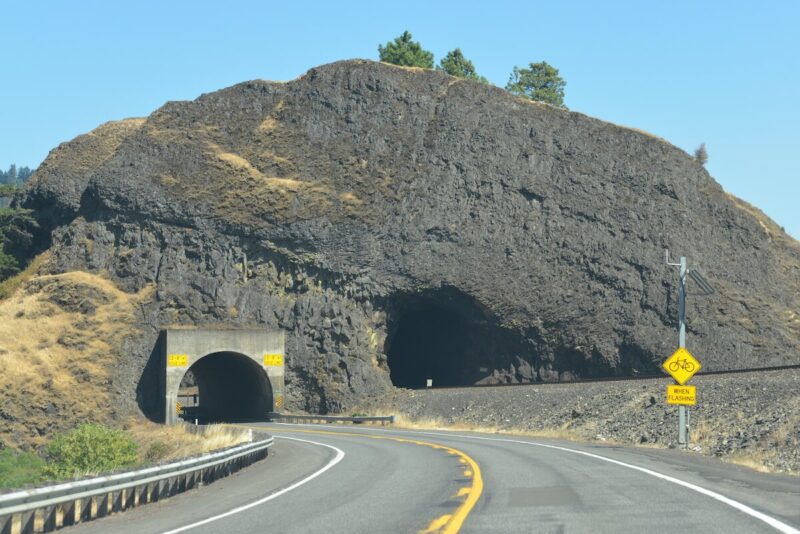
| Feature | Details |
|---|---|
| Distance | 75 miles |
| Route | Vancouver, WA to Maryhill, WA |
| Highlights | Waterfalls, lush forests, cliffs |
| Key Stops | Beacon Rock, Maryhill Museum of Art, Bonneville Dam |
| Best Time to Visit | Spring to fall |
The Columbia River Gorge Scenic Highway, also known as Highway 14, runs along the Washington side of the Columbia River. This 75-mile drive from Vancouver to Maryhill offers stunning vistas of the river, dramatic waterfalls, lush forests, and towering cliffs, making it a must-visit for nature lovers.
Highlights and Key Stops
- Beacon Rock: One of the most prominent landmarks along the Columbia River Gorge, Beacon Rock is an 848-foot monolith with a trail leading to the top. The hike offers breathtaking views of the river and surrounding landscape.
- Maryhill Museum of Art: Located near the eastern end of the drive, this museum features an eclectic collection of art, including works by Rodin and Native American artifacts. The grounds also offer stunning views of the Columbia River.
- Bonneville Dam: A key point of interest along the route, Bonneville Dam provides educational exhibits about hydroelectric power and fish ladders. It’s a fascinating stop to learn about the river’s role in energy production.
Additional Attractions
- Cape Horn: Offering one of the most scenic viewpoints along the gorge, Cape Horn features trails and lookout points that provide panoramic views of the Columbia River and surrounding cliffs.
- Dog Mountain: Known for its spring wildflower blooms, Dog Mountain is a popular hiking destination with trails that offer stunning views of the river and mountains.
Best Time to Visit
The best time to drive the Columbia River Gorge Scenic Highway is from spring to fall. Spring brings vibrant wildflowers and cascading waterfalls, while fall offers stunning foliage. Summer is also a great time for outdoor activities, but can be more crowded.
Travel Tips
- Prepare for Wind: The Columbia River Gorge is known for its strong winds, so be prepared for windy conditions, especially near the river.
- Bring a Camera: The scenic views along the route are incredibly photogenic. Make sure to bring a camera to capture the stunning landscapes.
- Check for Road Conditions: Weather can impact the accessibility of some areas, especially in early spring or late fall. Check road conditions before you set out.
Conclusion
Washington State offers an array of stunning scenic drives, each showcasing the state’s diverse natural beauty. From the rugged mountains of the North Cascades Highway to the coastal views of Chuckanut Drive, and the rolling hills of the Palouse Scenic Byway, each route provides unique experiences and breathtaking vistas.
The Mountain Loop Highway immerses travelers in lush forests and majestic peaks, while the Olympic Peninsula Loop offers a journey through rainforests, beaches, and alpine landscapes.

